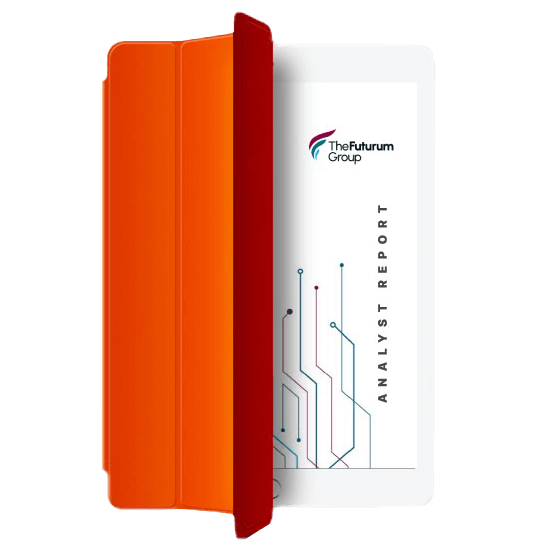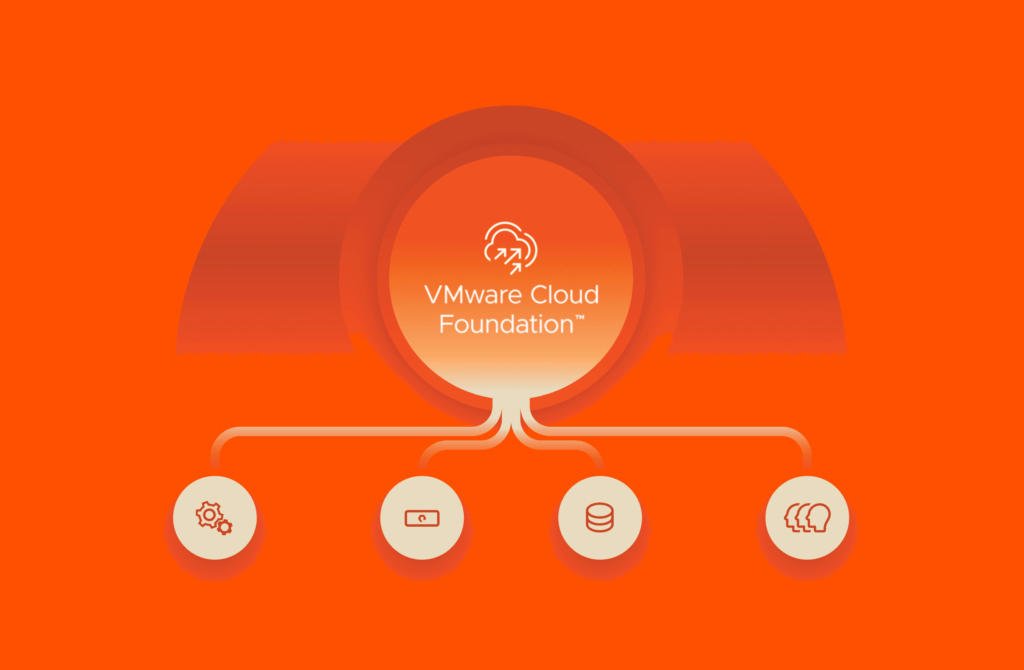For years, businesses across industries have been working to transform digitally and become more data driven so they can avoid falling behind in Industry 4.0. What many have learned is that they have massive amounts of critical data to tap for insights, growing in volume by the day. They’ve also discovered that IT infrastructure decisions they’ve made in the past are now hindering their ability to make all that data useful to the business.
A survey suggests that storage infrastructure and other IT constraints will become even more problematic for organizations—and soon. In the survey, 78% of IT decision-makers said they expect the volume of data in their organization to increase over the next two years, while 68% anticipate the velocity of data will rise during that same period¹. The IDC white paper, “Modern Data Pipelines for Faster Time to Insights,” examines why the type of storage your business uses for data analytics—and artificial intelligence (AI)-driven workloads—is foundational to how quickly you can mine data for insights, including unstructured data, which will represent the lion’s share of new data.³
Rethink Data Infrastructure to Simplify AI Workloads and Reduce Barriers to ROI
Modern analytics and AI applications, coupled with new and diverse sources of data, are already forming the basis of competitive advantage for businesses. To stand apart as true leaders in the digital economy, organizations need to unlock the value of their data in real time.
That requires investments in high-performance data architectures—but with a different approach than they’ve used in the past. IDC explains that instead of implementing point solutions that lead to complexity in data-heavy environments, organizations data infrastructures that consolidate workloads and enable a “in-place analytics.” (In-place analytics refers to the practice of performing data analysis and computations directly within the same environment or platform where the data is stored, rather than moving the data to a separate analytics or processing system.)
Creating that environment and becoming a truly data-driven enterprise includes, among other steps:
- Infusing data analytics platforms with high-performance technologies to optimize application performance for large data sets
- Establishing an appropriate data persistence layer that can support the storing, securing, and fast access of rapidly changing data sets
- Enabling independent scaling of appropriately tuned compute capacity and storage capacity that supports multiple access methods and protocols to consolidate workloads and data
Creating the Infrastructure for Modern Data Pipelines with the Pure Storage Platform
In the “Modern Data Pipelines” white paper, IDC notes that “data is the fuel for digital-first enterprises”, but legacy approaches to storing analytics data can limit organizations’ flexibility and agility. To build the modern data analytics environment their organizations need to be data driven, agile, and flexible in Industry 4.0, IT decision-makers need to select a storage infrastructure that can provide solutions based on best-in-class technologies. This is a fundamental step toward simplifying data storage and creating an infrastructure that will enable faster and better business decision-making.
The Pure Storage data platform is purpose-built for high-performance analytics workloads with:
- A consolidated storage platform for both file and object workloads
- Pure Storage Evergreen® for receive non-disruptive upgrades for storage software, controllers, networking, and media. That means ITOps teams have more time to focus on strategic initiatives.
Download the free white paper, “Modern Data Pipelines for Faster Time to Insights” to learn more.
¹ Global Data Valuation Survey, IDC, 2022.
Global Data Valuation Survey, IDC, 2022.
² Ibid.
³Worldwide IDC Global DataSphere Forecast, 2022–2026: Enterprise Organizations Driving Most of the Data Growth, available at https://www.idc.com/getdoc.jsp?containerId=US49018922.
Written By:
Reduce Barriers to Insight
Learn what your organization needs to achieve its Industry 4.0 data analytics objectives.







